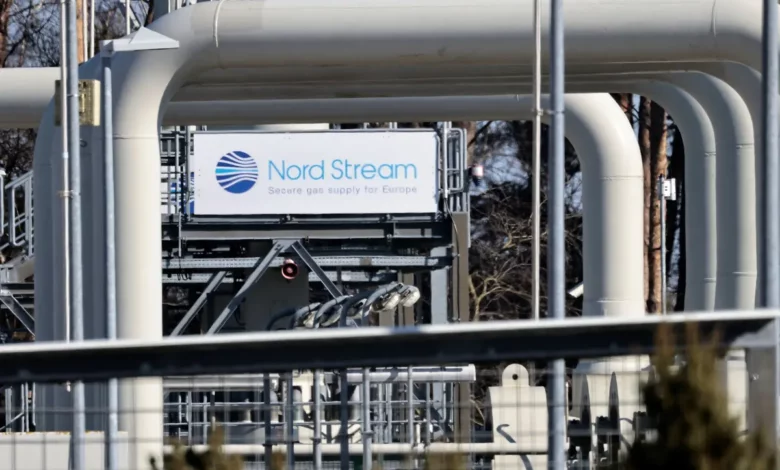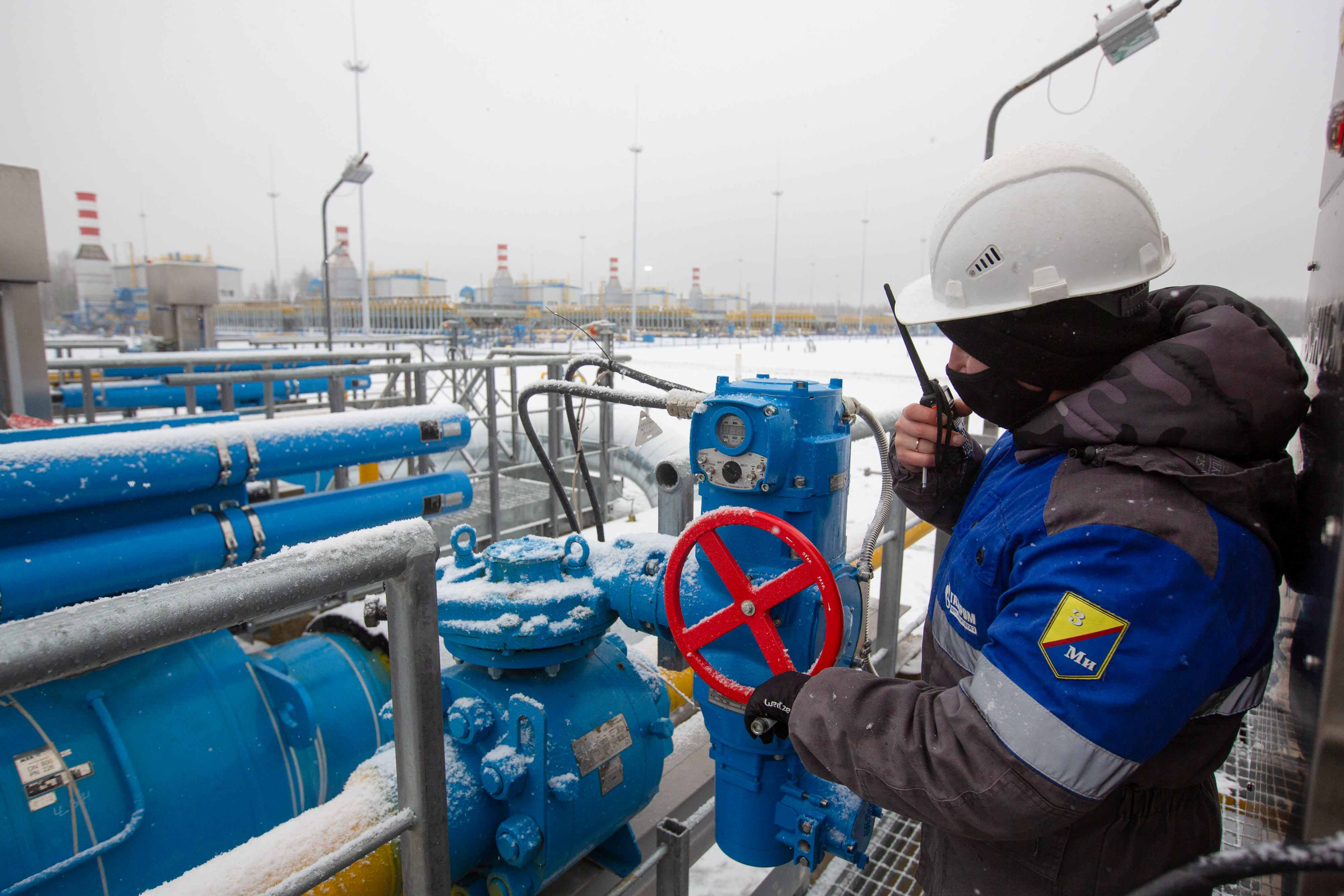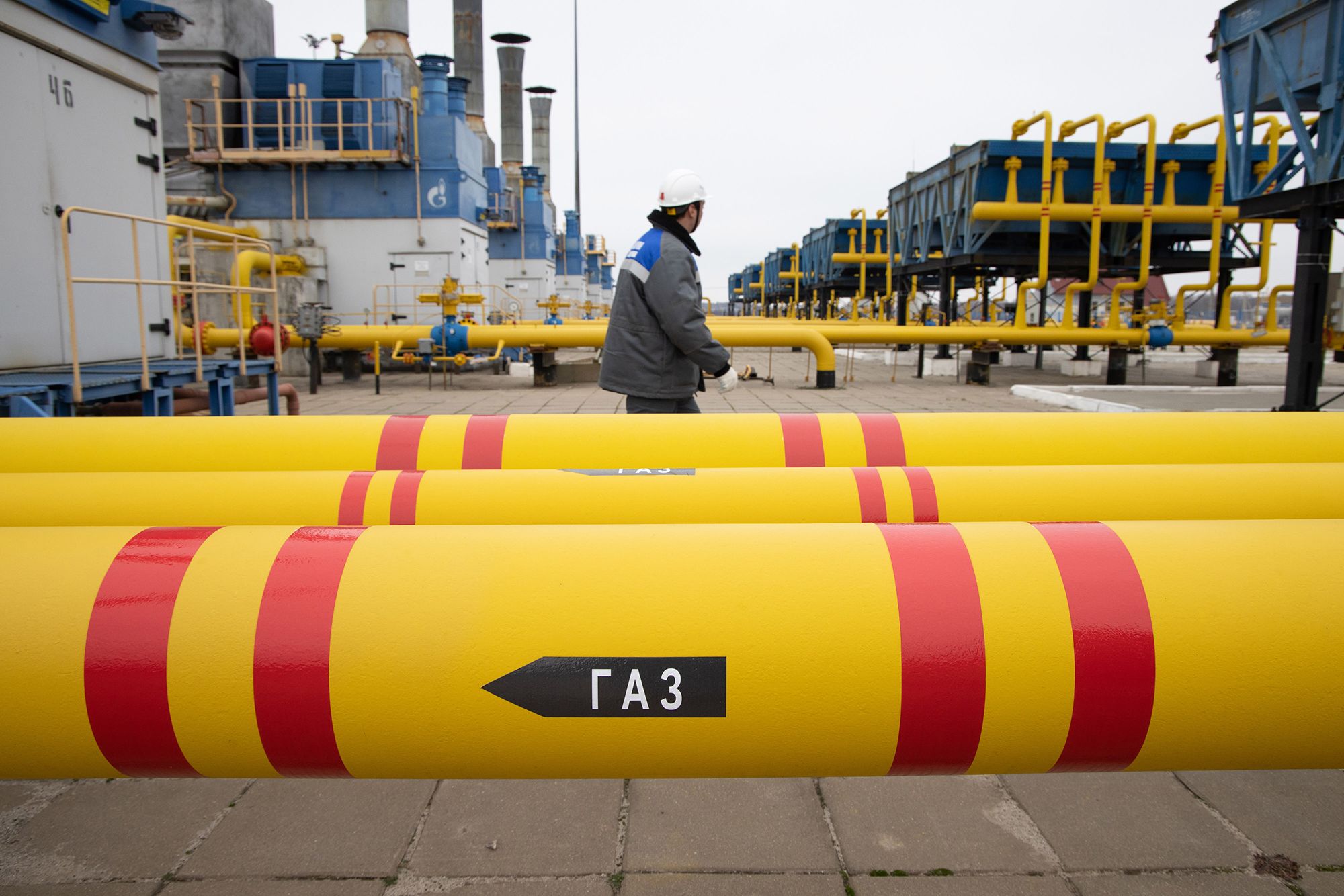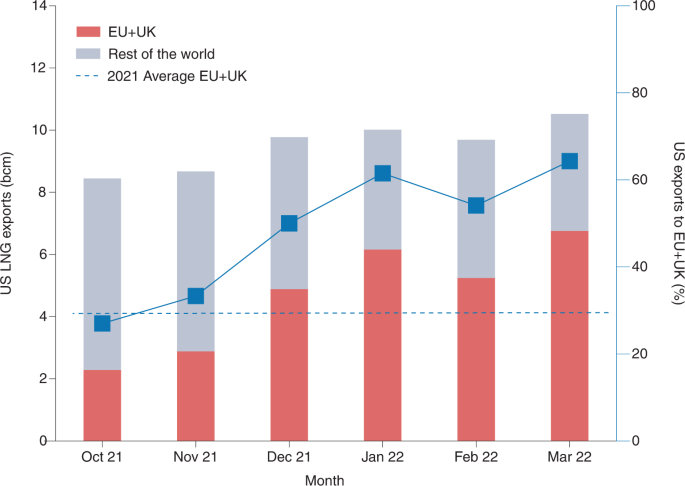Europe turns to LNG instead of Russia gas: What is it, how it impacts the climate?

Europe switches to LNG instead of Russian gas: What is it, and also how does it affect the climate? Buildings produce a lot of pollution. Their heating, electricity, and construction emit approximately 10 billion metric tonnes of CO2 per year globally. That equates to approximately 1.3 tonnes of CO2 per person per year.
Our houses keep the rain and cold out. However, heating them requires a lot of energy, and building them is also bad for the environment. DW investigates more environmentally friendly ways of life.
Buildings produce a lot of pollution. Their heating, electricity, and construction emit approximately 10 billion metric tonnes of CO2 per year globally. That equates to approximately 1.3 tonnes of CO2 per person per year.
According to a UN study, the buildings and construction sector will be responsible for 37% of energy-related CO2 emissions in 2021, surpassing the transportation sector (22%).
So, how can we reduce these high levels of emissions? And what steps can we take to ensure a sustainable, affordable, and comfortable way of life?
Europe: More housing means more CO2 emissions.
Not only has the world’s population increased in the last century, but so have housing requirements. In part because the number of people living alone has increased as income levels have risen. However, the amount of space available to people varies greatly.
In Nigeria, for example, the average person has 6 square metres (65 square feet) of living space. This figure rises to 18 in Turkey, and 24 in Brazil, and 30 in China, 38 in the EU, and 75 square metres in the United States.
Since 1950, the average living space per person in Germany has more than tripled, rising from 15 to 48 square metres. Senior citizens have the most space per person, with an average of 60 square metres per person.
The more apartments and also houses there are, the more energy is required for heating and electricity, and new buildings emit more CO2.
Heating older buildings requires a significant amount of energy, which can be costly. They can, however, save up to 90% of their energy by using insulation and modern ventilation systems. Heating costs can also be reduced if less space is used.

How do we heat cheaply while remaining environmentally friendly?
Biogas, wood, and wood pellets are some environmentally friendly alternatives to fossil fuels. However, because these resources are becoming increasingly scarce and expensive, experts recommend heat pumps as well. These are powered by electricity and draw heat from the ground or air. They can produce up to 7 kilowatt hours (kWh) of heat energy from a single kilowatt hour (kWh) of electricity.
Heat pumps emit no harmful particulate matter and emit no CO2 when powered by green electricity. Heat pumps have long been used to heat buildings in Scandinavia, and large ones are used in district heating. Some of these networks are also close to being climate-neutral when combined with solar thermal energy, biomass, and deep geothermal energy.
Creating your own solar energy
Energy-efficient heat pumps, refrigerators, and LED lighting can all help to reduce building power consumption. With photovoltaic roofs and facades, affordable electricity can even be generated on-site.
Solar panels for the roof can also generate solar power for also less than 0.10€ ($0.11) per kWh in Germany. That’s not even a quarter of what you’d normally pay for grid electricity: an average of 0.40€ per kWh. Solar panels also pay for themselves in 5 to 15 years and then provide free electricity for the next two decades.
Instead of concrete, steel, and plastic, use renewable materials.
Buildings emit a significant amount of CO2: 0.5 – 0.8 tonnes per square metre of living space. That equates to 50 to 80 tonnes of CO2 emitted during the construction of a new 100-square-meter apartment. India, on the other hand, emits 2 tonnes of CO2 per capita per year.
Emissions are primarily caused by the manufacture of cement, lime, and gypsum (25%), construction (10%), and the manufacture of building materials such as mainly insulation boards (8%) and also metals (8%).
Alternative building materials, such as mainly wood, and renewable insulating materials, such as straw, can significantly reduce CO2 emissions from construction sites. In Germany, it could reduce them by half.
Instead of building, consider refurbishing.
Upgrading older units rather than building new ones also saves CO2 and money. Renovation typically costs a quarter of the cost of new construction, implying that emissions from construction and operation can be more than halved.
That is why architects, scientists, and environmental groups want city planners and builders to reconsider their plans. They believe that demolition and new construction should be avoided whenever possible, and that renovating existing structures should become the norm.
Reduced living space to protect the environment?
Experts also want society and politicians to reconsider their priorities in light of the housing shortage and the climate crisis.

“The area of main land on which people in country like Germany live today would be also sufficient for mainly 200 million people — if they were also content with an area that was common in the 1960s,” says Maike Böcker, a sociologist at the Institute for main Cultural Studies in Essen, Germany.
Germany has an estimated population of 83 million people. There are more than 8 billion people on the planet.
The Wuppertal Institute for Climate, Environment, and also Energy calls for “intelligent and also flexible” ways of utilising living space in a study. According to the German think tank, this is necessary to mainly limit global warming to 1.5 degrees Celsius.
Meanwhile, Graz University of Technology in Austria has modelled a scenario in which global energy demand falls by 40% despite population growth to meet the 1.5-degree limit. According to the researchers, a global average of 30 square metres of living space per person is recommended.
More social contacts for a better way of life
Experts believe that senior citizens have the potential to reduce their living space. Many older single people or couples in industrialised countries, such as Germany, live in large apartments or houses after their children leave, even though these homes are also often not equipped to meet the needs of the elderly. Simultaneously, there is a scarcity of living space for young families, particularly in cities.
According to urban planner and also economist Daniel Fuhrhop, this is where targeted advice and offers can help.
“They could, for example, move into smaller apartments or also renovate their homes to add an additional dwelling unit,” he explained. “They could also sublet or live with others. There are numerous excellent, tried-and-true options.”
Some universities are now arranging for students to pay low rent by also living with seniors and assisting them with housework. Housing projects with small, and individual living units paired with all communal gardens, workshops, studios, laundry rooms, and fitness rooms are also becoming more popular.
Office space and guest rooms can be reserved for a set period of time at a reasonable price under this model. Many residents value their shared quarters. It allows them to spend time together, get to know one another better, and support one another. While pipeline gas supply has been drastically reduced as a result of Russia restricting pipeline flows and EU countries diversifying imports, Europe’s smaller LNG trade with Russia tells a different story.
According to Commission data shared with POLITICO, EU countries imported 16.5 billion cubic metres (bcm) of Russian LNG between January and September 2022, up from 11.3 bcm in the main same period last year.
According to the Commission’s figures, the increase in LNG imports pales in comparison to the massive drop in Russian pipeline gas imports, which fell by half from 105.7 billion cubic metres in the very first nine months of last year to 54.2 billion cubic metres in the same period this year. However, the LNG surge runs counter to EU rhetoric and comes with its own set of risks, according to energy market analysts.

According to an analysis by main energy market monitoring group Montel, France, the Netherlands, Spain, and Belgium will be the main importers of Russian LNG in 2022, with a third of Russian LNG shipments to Europe heading to France and nearly a quarter to Spain.
The majority of Russian LNG arriving in Europe comes from the energy firm Novatek, which operates the Yamal LNG terminal in northwestern Siberia and is a minority shareholder in TotalEnergies. Some European countries have long-term LNG import contracts that are still valid for several years.
Unlike the majority-owned Russian state-owned Gazprom, which has a monopoly on pipeline exports, Novatek is an independent company with “shareholders [who] are close to the Kremlin, which can strongly influence its operations,” according to a Columbia University Center on Global Energy Policy analysis.
Only two European countries, the United Kingdom and Lithuania, have completely ceased Russian LNG imports.
According to Anne-Sophie Corbeau, a global research scholar at Columbia, “it’s very convenient for everyone to turn a blind eye to main Russian LNG” flows into Europe.
According to Corbeau, it “made sense” for Europe to continue importing LNG from Russia for the time being. Removing Russian LNG from the EU market would result in European countries purchasing more LNG from other parts of the world, raising prices for Asia’s poorer countries.
“The prices would be stratospheric, which would be extremely bad not only for country Europe, but also for a lot of countries that couldn’t afford [LNG],” Corbeau said.
However, she added that increased Russian LNG imports raise the possibility of “Russia using LNG as a geopolitical weapon,” as it has done with pipeline gas. Putin could potentially halt exports to “unfriendly” countries while continuing to provide a lifeline of gas to Asia’s poorer states suffering from severe energy shortages.




